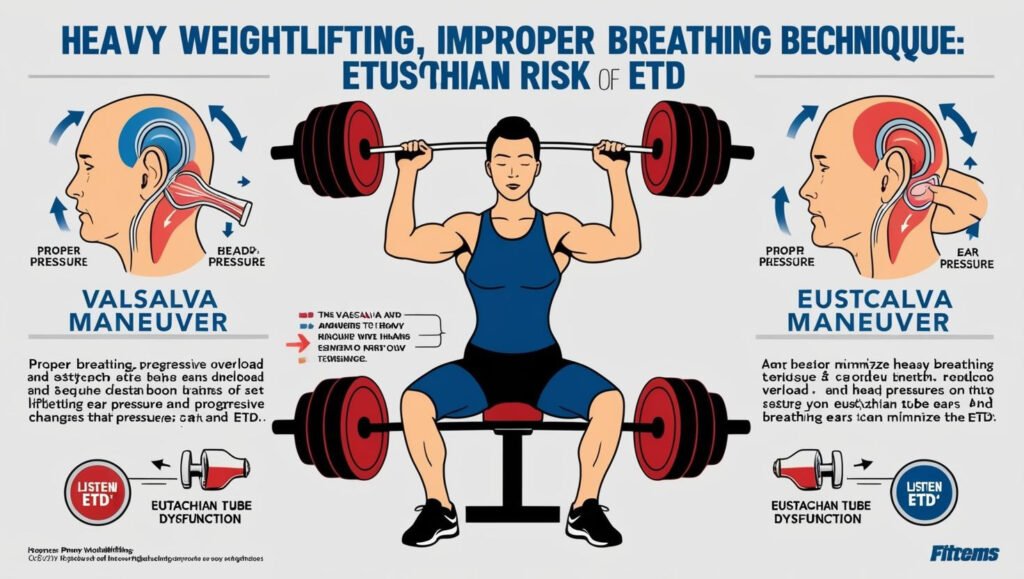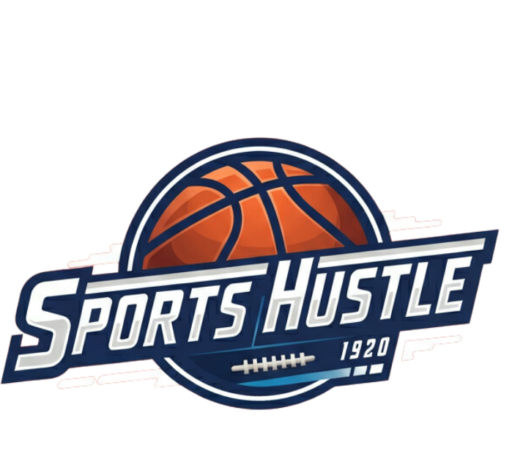Can Lifting Heavy Weight Above Shoulders Cause ETD?
Lifting heavy weights is a popular way to build strength and stay in shape, but it’s not without risks. One lesser-known issue some people experience is discomfort or blockages in their ears, which might be linked to Eustachian Tube Dysfunction (ETD). If you’ve felt ear fullness or pressure after lifting weights above your shoulders, you might wonder if there’s a connection. The short answer is yes; lifting weights improperly or too strenuously can contribute to ETD symptoms. But what causes this, and how can it be prevented?
This article dives into the relationship between lifting heavy weights above your shoulders and ETD, exploring how pressure changes affect your ears, who might be more susceptible, and actionable tips to minimize your risk.

What is Eustachian Tube Dysfunction (ETD)?
To understand the potential link between heavy lifting and ETD, it’s helpful to know how your ears work. The eustachian tubes are tiny passageways connecting your middle ear to the back of your throat. Their job is to regulate air pressure in your ears and drain fluid to keep everything functioning correctly.
When these tubes don’t open or close correctly, you may experience ETD. Symptoms include:
- A feeling of fullness or blockage in the ears.
- Popping or clicking noises.
- Mild ear pain or discomfort.
- Difficulty hearing due to muffled sounds.
Things like allergies, sinus issues, or altitude changes (like flying) often trigger ETD. However, certain activities—like lifting heavy weights above your shoulders might also play a role.
How Does Lifting Heavy Weights Affect Your Ears?
Lifting heavy weights, mainly above your shoulder level, can alter the pressure within your head. This is primarily due to the strain and effort involved, which can affect the delicate balance in your eustachian tubes. Here are the key ways this happens:
1. Pressure Changes During Straining
When you lift heavy weights, your body generates significant internal pressure. This is part of the strain your muscles undergo to handle the load. Unfortunately, that pressure extends to the head and can affect your eustachian tubes. The tubes may struggle to equalize the pressure, leading to symptoms like ear fullness or blockage.
2. The Valsalva Maneuver Effect
Many athletes subconsciously hold their breath while lifting heavy objects. This practice, often called the Valsalva maneuver, involves closing off the throat and straining, which creates powerful pressure changes in your head. While this can temporarily stabilize your core during a lift, it also mimics the air pressure changes you feel during takeoff in an airplane. For people who are more prone to ETD, this can trigger symptoms.
3. Individual Susceptibility
Not everyone will experience ETD-related symptoms while weightlifting. Some individuals are more predisposed to pressure-related ear issues. For example:
- Pre-existing allergies or sinus conditions can inflame the Eustachian tubes, reducing their ability to balance pressure effectively.
- Upper respiratory tract infections can also make you more prone to ETD episodes.
If you’ve experienced ear discomfort or have a history of ear issues, you might need to be extra cautious when lifting heavy weights.

How to Prevent ETD While Lifting Weights
The good news? You don’t have to give up shoulder press exercises or heavy lifting if you’ve experienced ETD symptoms. Adjusting your technique and approach can minimize the risk of triggering ear discomfort.
Proper Breathing Technique
The most significant change you can make is to breathe steadily throughout your lifts. Avoid holding your breath at any point. Instead:
- Exhale on exertion: For example, during the upward movement of a shoulder press.
- Inhale on the return: Breathe in as you lower the weight.
This steady breathing helps regulate your internal pressure and reduces strain on your eustachian tubes.
Gradual Progressive Overload
Pushing your body to its limits is tempting, but this approach can backfire. Gradually increase the weight you’re lifting over time. This allows your muscles and the rest of your body, including your inner ear systems, to adapt to the changes without overwhelming your eustachian tubes.
Listen to Your Body
Pay attention to any sensations of ear discomfort during or after lifting. Stop the exercise immediately if you notice popping, fullness, or pain. Please don’t ignore these warning signs; they’re your body’s way of telling you something isn’t right. If symptoms persist, consult a healthcare professional.
Maintain Good Ear Health
Managing allergies and sinus issues can help reduce the likelihood of ETD while working out. Keep inflammation under control by:
- Staying hydrated.
- Avoiding allergens.
- Using a saline nasal spray to keep nasal passages clear.
FAQs
Can lifting heavy weights above the shoulders cause ETD?
Lifting heavy weights above your shoulders can contribute to Eustachian Tube Dysfunction (ETD), especially if you hold your breath or strain excessively. This creates pressure changes in your head that may affect your eustachian tubes, leading to symptoms like ear fullness or blockage.
Should I stop lifting weights if I experience ETD symptoms?
Not necessarily. If you notice ETD symptoms during a workout, pause and evaluate your technique. Ensure you’re breathing correctly and not lifting beyond your capability. Persistent or severe symptoms should be discussed with a healthcare provider.
Are there any exercises safer for those prone to ETD?
Non-heavyweight exercises that don’t involve significant strain, such as bodyweight exercises, light resistance bands, or yoga, can be safer options. These activities are less likely to disrupt the pressure in your ears.
Can allergies make ETD worse during lifting?
Yes. Allergies can cause inflammation and blockage in your eustachian tubes, making it harder to equalize pressure during strenuous activities like weightlifting. Managing your allergies can reduce your risk of ETD symptoms.
Take Control of Your Workout and Ear Health
Weightlifting has countless benefits, from boosting strength to improving overall health. However, it’s essential to approach heavy lifting properly, especially when lifting weights above your shoulders. Simple changes like breathing steadily, avoiding excessive strain, and addressing underlying health conditions can go a long way in minimizing the risk of ETD.
If you’re experiencing ongoing ear discomfort related to workouts, don’t hesitate to consult a medical professional. With the proper precautions, you can enjoy the rewards of strength training without compromising your ear health.

